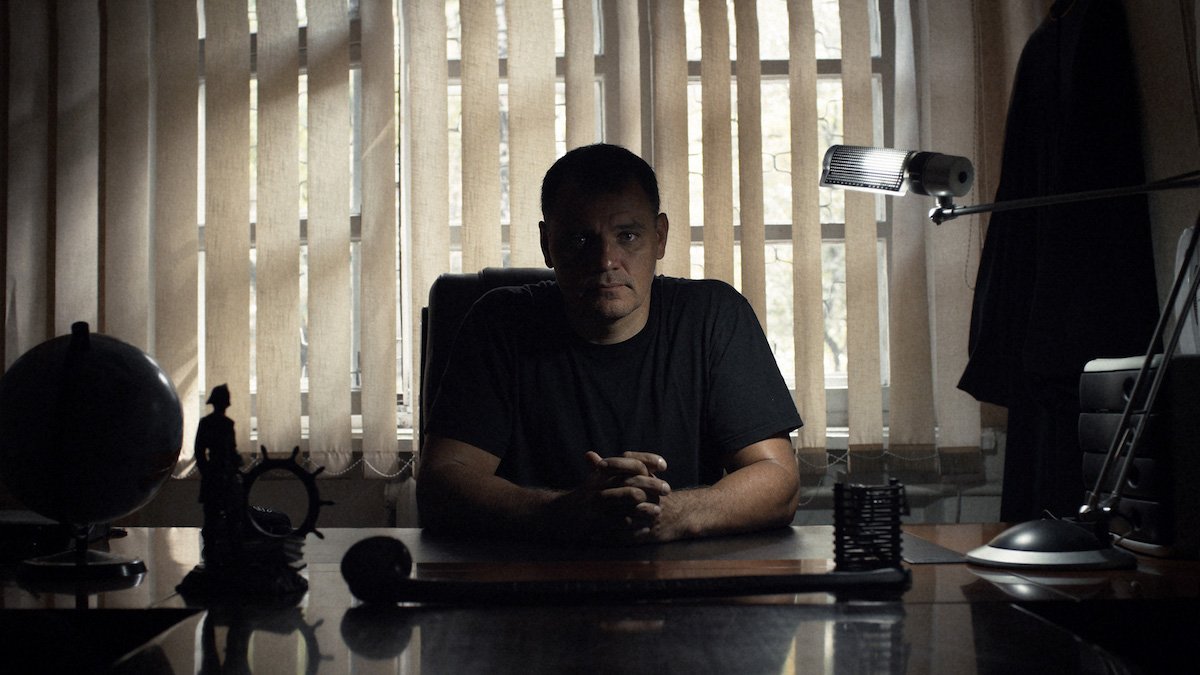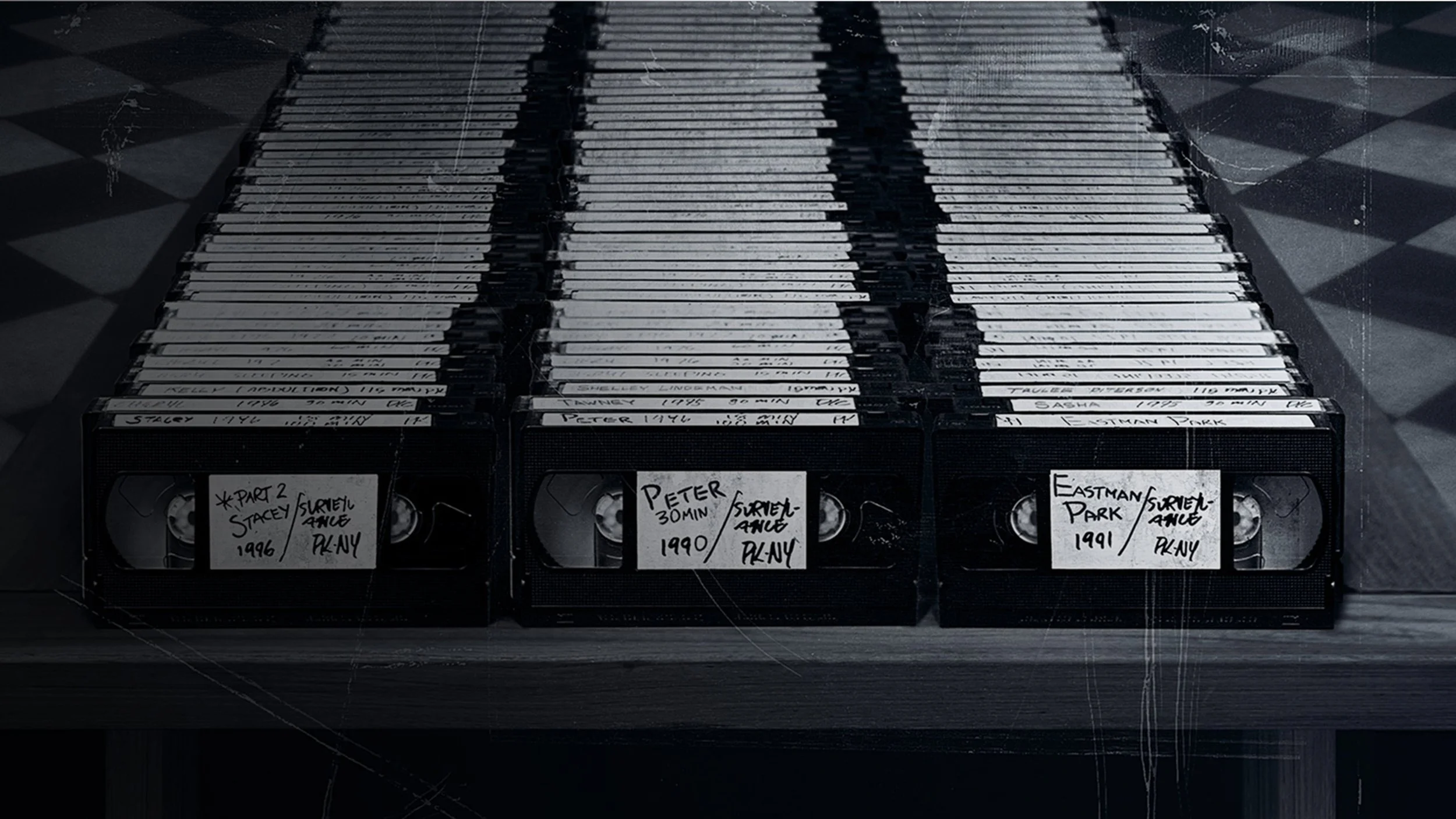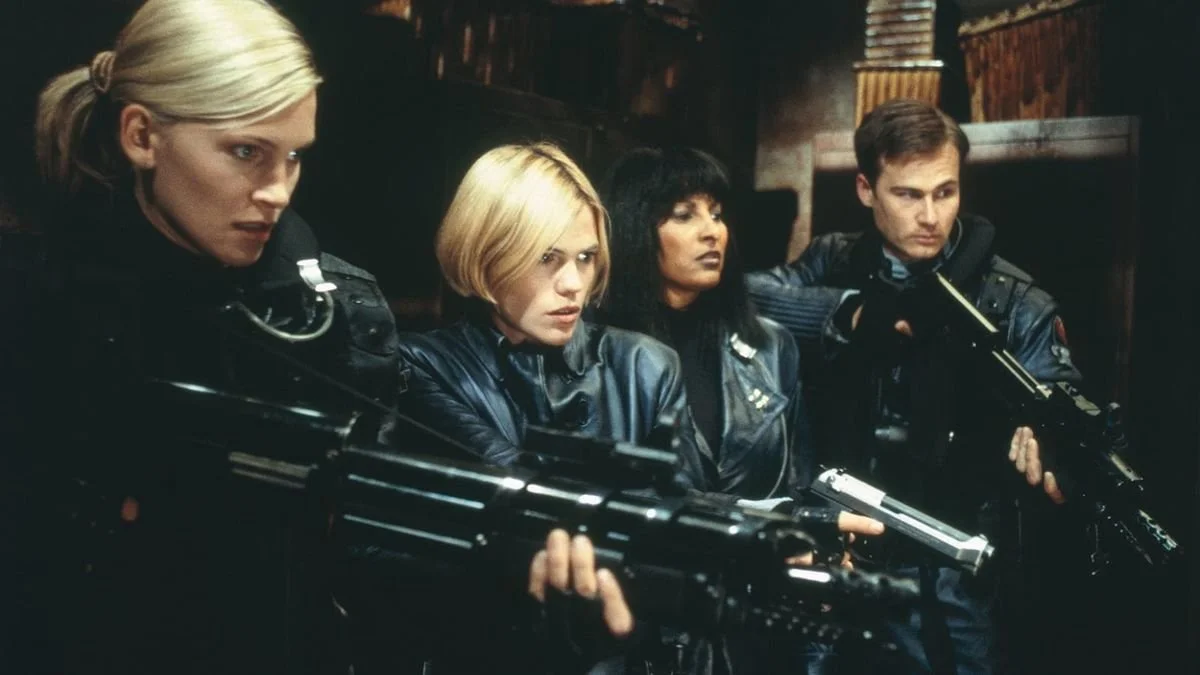Review: Almost Holy (2015)
There’s something depressingly topical about Steve Hoover’s Almost Holy, a 2015 documentary about the controversial Ukrainian pastor, Gennadiy Mokhnenko, who has spent much of his adult life taking in drug addicted and abused kids off the street and getting them clean in his own rehab centres known as the Republic Pilgrim. For one, there’s the film’s look at the war between Ukraine and Russia. The film ends with the 2014 Russian annexation of Crimea and the spillover of fighting into Gennadiy’s home city of Mariupol. Gennadiy’s words to the camera, in which he laments the inability of Ukraine to be able to properly heal after the collapse of the Soviet Union, could’ve been spoken today, as Ukraine repels a direct Russian invasion and Mariupol is besieged by Russian troops. But the film also speaks to the desperation and precarity of our times in the wake of COVID-19, in which the rich and comfortable have seemingly become blind to the suffering of others.
Although he never says so, Gennadiy seems to take his motivation from Jesus’s Parable of the Good Samaritan from the Gospel of Luke:
“A man was going down from Jerusalem to Jericho, and he fell among robbers, who stripped him and beat him and departed, leaving him half dead. Now by chance a priest was going down that road, and when he saw him he passed by the other side. So likewise a Levite, when he came to the place and saw him, passed by on the other side. But a Samaritan, as he journeyed, came to where he was, and when he saw him, he had compassion. He went to him and bound up his wounds, pouring on oil and wine. Then he set him on his own animal and brought him to an inn and took care of him. And the next day he took out two denarii and gave them to the innkeeper, saying, ‘Take care of him, and whatever more you spend, I will repay you when I come back.’” (ESV Luke 10:30-35)
Gennadiy does not turn a blind eye to those he sees are suffering. He pulls them out of the gutter and gives them a home, food, and a possible future. But the way he does so is rather controversial. He’s been labelled a vigilante by some fellow Ukrainians. In archival footage from 2000 to 2008, we watch him rove around Mariupol in a van with his wards and force intoxicated street children into the van, often physically, in order to take them to his rehabilitation centres. In the current footage, we watch him barge into people’s dilapidated homes and remove their children because they’re too intoxicated to care for them, or berate a relapsed teen for the blood infection forming on his skid marks. None of what he does is legal, and in his early days he feuded with the police and the government in order to continue his work. Now, he works with the de facto blessing of the city; if he cares for the street children of Mariupol, the city government doesn’t need to spend money or time doing so.
As a Pentecostal pastor, Gennadiy has dedicated his life to living out the gospel, but he takes it further than most preachers would. He seems to spend most of every day in the streets, finding abandoned or abused children, forcing them to get clean, encouraging them to take care of themselves, attempting to persuade their abusive parents to clean up their act, and threatening damnation on those who won’t turn from their wicked ways. He confronts rapists and drug dealers and is often harsh with children no more than 10 who are hopelessly addicted to opioids and riddled with needle marks and infections. Much of the film is framed around a speech he gives to female prisoners, warning them to be good mothers after they are released so that he can close the Republic Pilgrim and not have to worry about more orphans and vagrant children on the streets of Mariupol.
You can see Gennadiy’s drive and aptitude for such work. We learn he was in the Soviet Army in Moscow when the Soviet Union collapsed and he and his fellow soldiers had to learn to keep order, put out fires, and act as a de facto police force when the government fell apart and gangsters took over. In many ways, the film works as a psychological portrait of this one man who has shaped himself in direct opposition to the decay of his environment.
Hoover probes his mindset and gives him space to reflect on his work without ever forcing a direct accounting of his actions. There are snippets of interviews, but we never hear or see Hoover on screen; this isn’t a conventional talking heads documentary. Most scenes follow Gennadiy around as he goes about his day and observes his actions without taking part in them. By simply observing and letting Gennadiy speak whenever he wants to, Hoover allows him to comment on his actions as he does them, which is more effective than if he were to sit him in a chair and make him answer direct questions.
Stylistically, Almost Holy blends an unadorned look at poverty and addiction with stunning compositions of the city and landscape. It uses slow motion, elliptical edits, and insert shots of nature or skies to juxtapose the sacred and the profane, almost in a documentarian variation on the visual approach of Terrence Malick, who is an executive producer of the film. But even in spite of the beauty that is on display in the film, it’s hard to overlook the ugliness of the content. We know there are children who die from drugs or go hungry or are abused by their parents in our own neighbourhoods; we simply don’t see them, though, so we can more easily ignore them. Hoover’s film doesn’t ignore them because Gennadiy doesn’t. It shows them and goes where they live. After watching it, you may feel like Gennadiy: “I want to wash my soul after this story.” But it’s important to watch nonetheless.
As we watch the war in Ukraine unfold, it’s easy to assume that all of Ukraine’s problems go back to current tensions with Russia, but Almost Holy shows that the nation was suffering before Russian tanks crossed the border, and before Putin annexed Crimea in 2014, and even before the collapse of the Soviet Union in 1991. As Gennadiy says at one point, dejectedly, “It’s so sad, but…it’s Ukraine.” It’s a nation that has struggled for a century and its people have borne the brunt of it.
And in the midst of that struggle, Gennadiy lives out the gospel as he understands it. He fills the void made by failure—of governmental institutions; of families; of the social order of the city where he lives. He does the dirty work. It’s tough to watch. You may disagree with some of his actions. But imagine being him and being faced with such anguish. If you proclaim to care about your neighbours, surely you would do everything you could to save them from the gutter and to stop them from dying from AIDS and drug overdoses. It’s what Gennadiy does. It isn’t easy. Living out the gospel never is.
8 out of 10
Almost Holy (2015, USA)
Directed by Steve Hoover.



Kiyoshi Kurosawa’s 2001 J-horror film predicted the new millennium in terrifying ways.